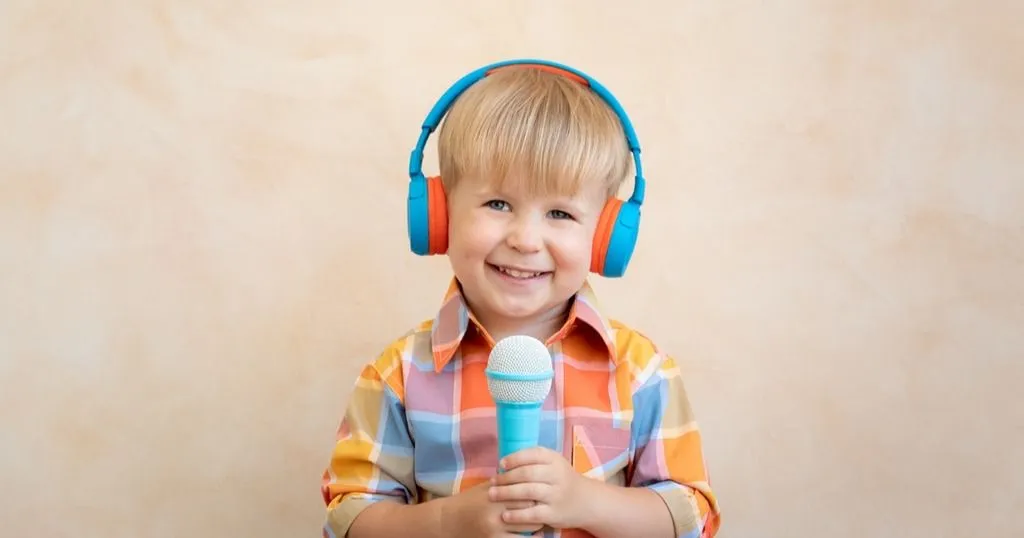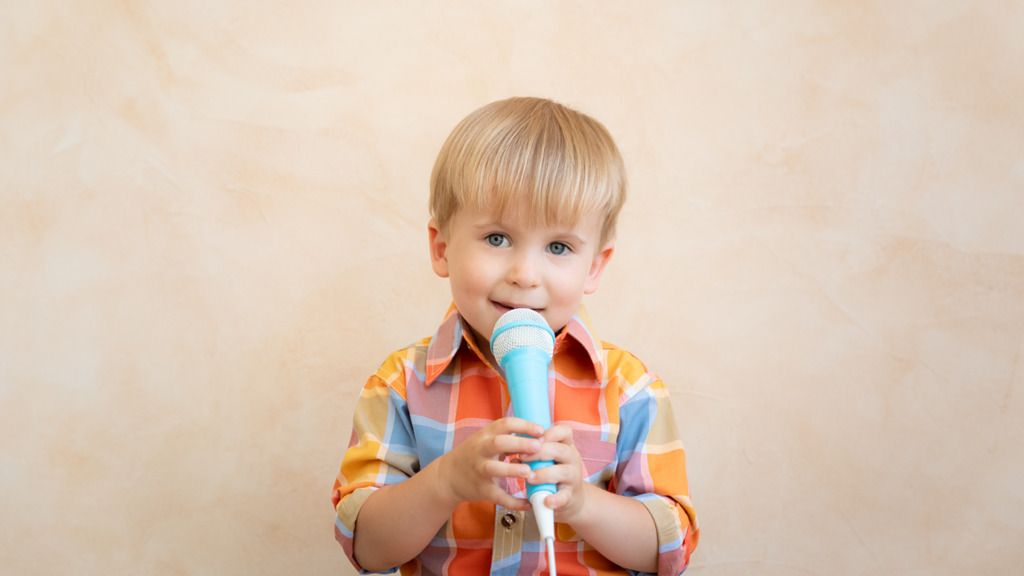How music affects children’s development
Researchers dove deeper into building an understanding of the relationship between music and emotions and how music affects children’s development.
Posted by
Published on
Tue 30 Aug. 2022
Topics
| Action Units | Child Development | Emotion Recognition | Emotions | FaceReader | Infants | Measure Emotions | Music |

Do you remember the first time you listened to music? Or when you sang your first song? Where does this take you: a memory of your parents singing you to sleep, a birthday party with friends or maybe the start of a school day as a young child? Or maybe something completely different?
Children’s facial affect in musical imitation and improvisation
Wherever this question might take you down memory lane. If you went there in your thoughts, did you notice anything? Maybe a little smile appeared on you face. Maybe you are surprised, how well you remember a specific song after all these years.
The implied connection here between music, emotions, and learning is more than a hunch. In fact: “Some scholars suggested that children learn to sing prior to speaking (Malloch & Trevarthen, 2018; Stadler Elmer, 2011). In addition: “Social experiences in early childhood contribute to an understanding of emotions and appropriate responses. These experiences become the foundation for social competence, which contributes to academic performance” (Heller et al., 2012).
Connection between music, emotions, and learning
In the early stages of life where we learn to understand emotions and their role in communication, music plays an important role. Bugos et al. recently dove deeper into building an understanding of the relationship between music and emotions with 89 children between 4 and 6 years old.
How to measure emotions of children?
However, this poses one slight problem. How do you scientifically measure emotions if your young participants are still developing their own understanding of these emotions? The researchers therefore decided to support self-reports outcomes with data provided by FaceReader. This is a software tool build for quantitatively measuring emotions based on the activation of Action Units.
FREE WHITE PAPER: Facial Action Coding System
Download here the FREE white paper 'Facial Action Coding System (FACS)' and learn more about:
- Objective results with FACS
- Action Units
- Examples using FACS
Data collection was done using a brief version of the Advancing Interdisciplinary Research in Singing-Test Battery of Singing Skills (AIRS- TBSS). The children were asked to perform three singing tasks:
- sing a favorite song
- imitate a song
- improvise a song ending
To establish more comfort in performing the tasks the children sung in front of a stuffed giraffe, named Gerald.
After each task the children were asked to rate their experiences using a Likert-type scale. The researchers cross-referenced these results to the data generated by FaceReader using a chi-square analysis.
In addition, children’s responses were examined for emergent themes. Hereafter, the verbalized emotions emerging from the responses were compared with FaceReader. The alignment was found to be 84.87%.

Positive perception of improvisation
As a result, the researchers found that both singing a favorite song and improvising correlated with happy affect. Imitation of a familiar folk song (father Jacob) resulted mainly in surprise.
It is especially interesting to see the positive perception of improvisation. The researchers suggest that this may contribute to reduced anxiety or tension for young children. More research is needed to also gain understanding in how emotions in turn influence vocal development.
How music affects children’s development
As currently many schools are eliminating musical lessons it becomes increasingly important to understand how music might affect the development of children regarding their emotions and communication skills.
As social creatures it is important we develop these skills at a young age so they benefit us and the people around us for the duration of our lifetime. We should remind ourselves of the importance of these soft skills next to learning hard facts, because if seems that learning through music provides us with more than pleasant memories alone.
This blog post was written by Kay Potters (Consultant at Towson, and former Sales Consultant at Noldus Information Technology).
FREE WHITE PAPER: FaceReader methodology
Download the free FaceReader methodology note to learn more about facial expression analysis theory.
- How FaceReader works
- More about the calibration
- Insight in quality of analysis & output
References
- Bugos, J.; Demarie, D.; Torres, M. & Fuller, N. (2022). Face the music: Children’s facial affect in musical imitation and improvisation tasks. Psychology of Music, 50(2), 460-474. https://doi.org/10.1177/03057356211003320
- Cohen, A. J. (2015). The AIRS test battery of singing skills: Rationale, item types, and lifespan scope. Musicae Scientiae, 19, 238–264. https://doi.org/10.1177/1029864915599599
- Heller, S.S.; Rice, J.; Boothe, A.; Sidell, M.; Vaughn, K.; Keyes, A., & Nagle, G. (2012). Social- emotional development, school readiness, teacher–child interactions, and classroom environment. Early Education and Development, 23, 919–944. https://doi.org/10.1080/10409289.2011.626387
- Malloch, S. & Trevarthen, C. (2018). The human nature of music. Frontiers in Psychology, 9, 1680. https://doi.org/10.3389/fpsyg.2018.01680
Related Posts

What is RPPG?

How to master automatic Facial Expression Recognition
